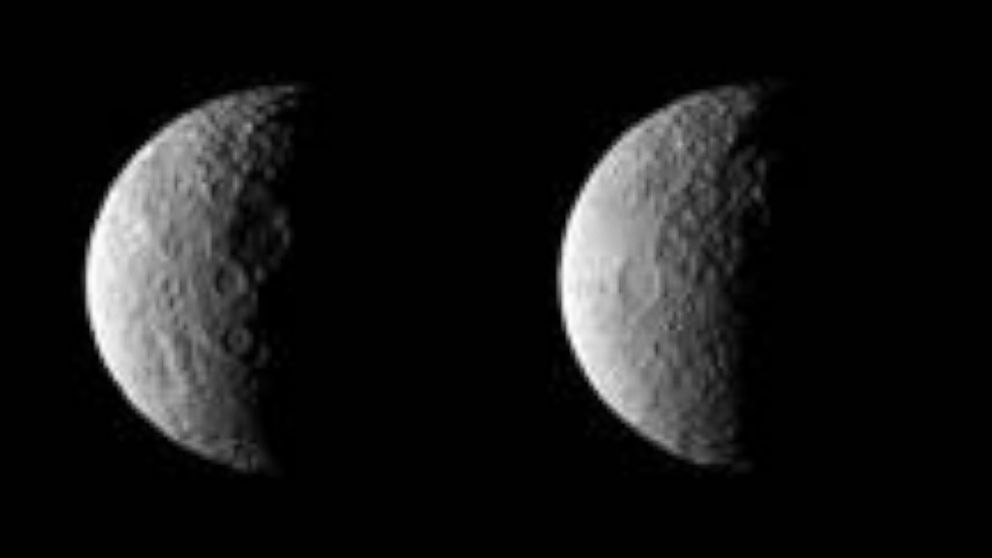Ceres: NASA Readies For Historic Visit to Dwarf Planet
After a nearly eight-year journey, Dawn will reach its destination on Friday.

— -- Are we there yet?
NASA's Dawn spacecraft will reach the dwarf planet Ceres on Friday after what has been a nearly eight-year long journey through space. When the probe reaches its destination and inserts itself into its orbit, it will be the first time a space mission has successfully visited a dwarf planet.
The mission is expected to continue for 16 months as researchers analyze data about Ceres, which is thought to be icy and possibly contain an ocean. Studying the dwarf planet could yield new insights into how the solar system has progressed.
"Studying Ceres allows us to do historical research in space, opening a window into the earliest chapter in the history of our solar system," Jim Green, director of NASA's Planetary Science Division said in a statement. "Data returned from Dawn could contribute significant breakthroughs in our understanding of how the solar system formed."
Ceres is located in the asteroid belt between Mars and Jupiter.
As Dawn moved closer to Ceres, the probe was able to send photos back to Earth making out a gray, round mass in space. Each photo became clearer as Dawn closed in on the dwarf planet -- and offered stunning new details of the dwarf planet's cratered surface.
It's Dawn's second rendezvous in the area. The spacecraft first explored the asteroid Vesta in 2011 and 2012 before moving along on its journey to Ceres.
NASA will make another house call to a second dwarf planet, Pluto, when the New Horizons probe reaches its destination this summer.
It's been a banner year for "firsts" in space exploration as scientists continue to seek clues that could help them unlock some of the seemingly never-ending mysteries of the universe.
Last November, the European Space Agency celebrated a successful Rosetta mission as it landed a probe on the comet 67P, nearly 300 million miles from Earth.




